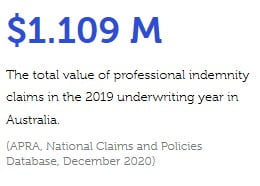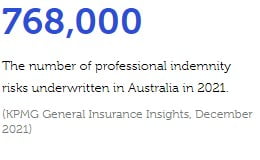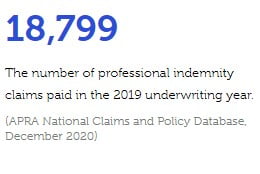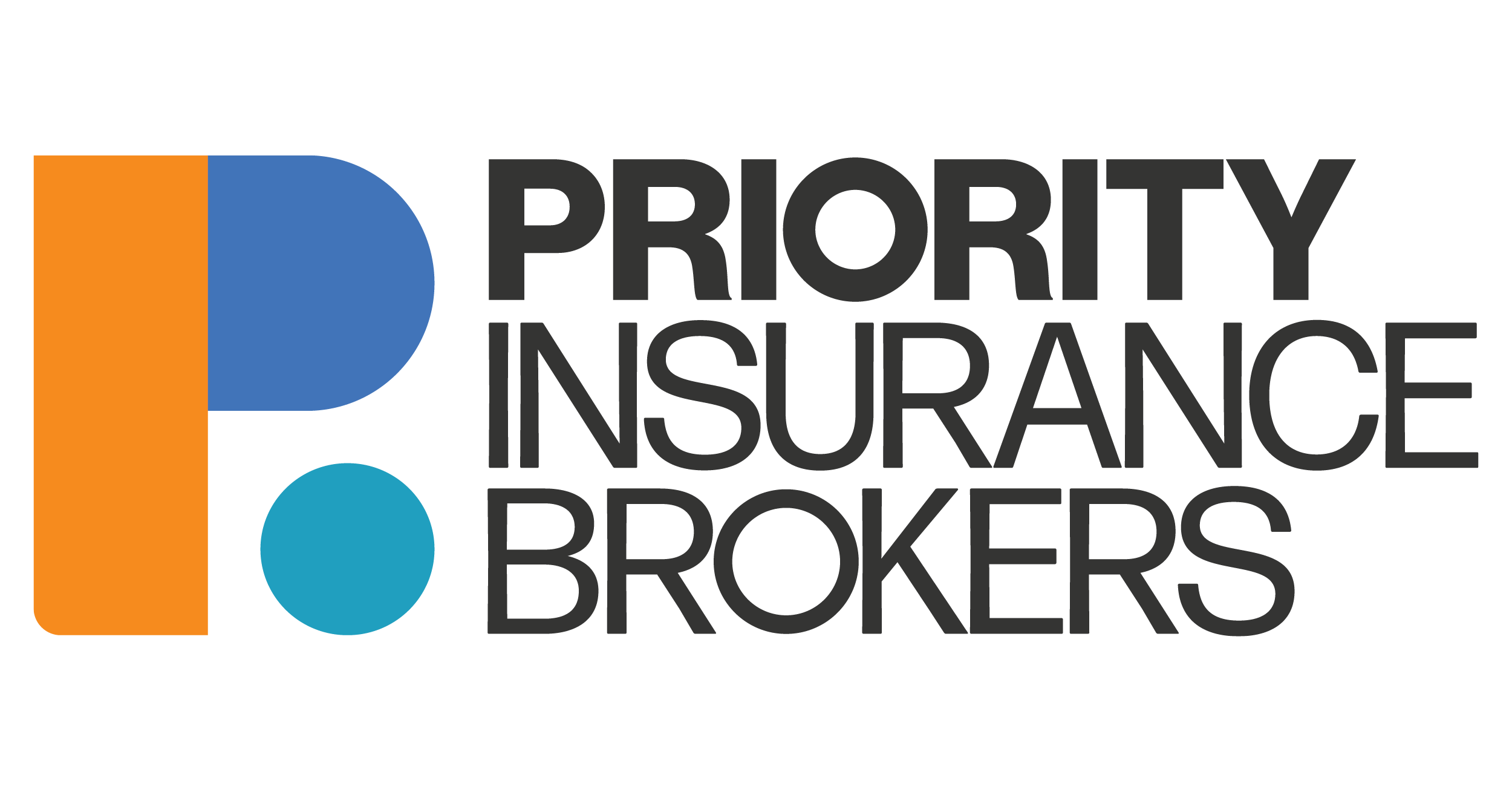Want to know who needs professional Indemnity insurance and what’s covered by the policy? Read on and we are going to go into the finer details. In this article you will find out the following:





- Who needs professional indemnity insurance
- Examples of what is covered under professional indemnity insurance policies
- How much professional indemnity insurance do you need
- Special terms and what they mean
So tell us, who needs professional indemnity insurance?
As per the Australian Government website “Professional Indemnity insurance helps cover the cost of legal action due to your professional advice or services”. In its most simplest form, any person or business that is providing any of the following:- Design services
- Fee for service contractors
- Auditing and compliance companies
- Healthcare and Allied service providers
- Some trade occupations
- Accountants
- Architects
- Engineers
- Real estate agents, property managers and values
- Insurance brokers
- Lawyers
- Marketing agencies and IT consultants
- Financial advisors


You might be asking why do I need professional indemnity insurance?
There are a number of reasons why you need professional indemnity insurance and in some industries it’s regulated that you have a policy in place before you get licensed in your profession. As time has past the need for professional indemnity insurance has become more and more important for business owners as their scope of services become more broad and the litigious nature of customers continues to increase. A professional indemnity policy is designed to cover you for any act, error or omission that occurs during the operation of your business. This could be as simple as an unintentional privacy breach, omitting information or failure to comply with industry standards or regulations. The legal costs alone which are generally covered under a PI policy is enough for most people to consider obtaining a policy. Claim costs regardless of whether an allegation is correct or not can cost significant time and money to your business.
What is covered by a professional indemnity insurance policy?
As we touched on above legal costs are one of the main components that are covered by a PI policy. There are however, many other extensions to the cover which included:- Public relation expenses
- Claim preparation costs
- Court attendance costs
- Loss of documents cover
- Vicarious liability of sun contractors and consultants
- Commercial liabilities
- Fraud and dishonest acts that are deliberate
- Pollution
- Unpaid fees

PI Claims Examples
Logistics Operator The Insured, a logistics operator, was storing vaccines in its Cold Room for their client. A Claim was made against the Insured by their client alleging that there had been a fall in temperature in the Cold Room which was a result of a hardware malfunction, which damaged their products. The Insured notified insurers for their Fire Policy as well as their PI Policy. The Insurers of the Fire Policy indemnified the Insured to the sum of $165,000 which was insufficient to meet the total replacement cost of the vaccines due to a global shortage in certain of those vaccines. One of the vaccine’s cost had increased from $3.72 to $66.65 per vial. The Claimant sought further damages of $250,000. Outcome: The Insured appointed panel solicitors to assist with managing the claim against them. The Policy was triggered and paid for defence costs of $15,000. The claim was settled at a mediation for $41,000 which was also indemnified by the Policy. Payment: $41,000 plus $15,000 in defence costs. Claim information supplied by Dual Underwriting. Engineer An engineering company was appointed to design and certify a roof for an industrial building. After the building was constructed there were strong winds and heavy rainfall to which caused the roof to capsize. Inspections of the structure confirmed that the building was built to the correct specifications provided by the engineer and no portion of liability was allocated to the builder. The engineer was deemed solely liable for the design not meeting the requested specification and as such a claim was made on the engineers professional indemnity insurance. Financial Adviser A financial adviser provided advice to a client in relation to a lump sun investment. The client’s requirements included an investment plan which would provide a certain level of income per year and a minimum risk of capital loss. The adviser recommended investment in a particular fund, which supposedly satisfied the client’s requirements. It turned out that the client did not receive any yearly income but also suffered a capital loss during the two year investment period. The adviser also failed to provide any updates to the client during the two year investment period regarding the state of his investment. Furthermore, at the time of the original investment, there were clear signs that the fund was starting to perform badly. It was alleged that the fund was of a sophisticated nature that did not suit the client’s needs. Therefore inappropriate advice was provided. The adviser had few defences to the inevitable claim made against him and the claim was settled out of court for $175,000 (including all costs). Claim information supplied by QBE Insurance.
How much professional indemnity insurance do you need?
One of the most important components of your policy is how much you are insured for. Most sub-sections of the policy will have sub-limits that apply and you can usually clearly see what these limits are on your policy however, the overall limit (referred to as limit of indemnity) is the maximum amount that the insurer will pay in the event of any one claim. Most insurers will also usually provide 1 reinstatement. What this means is that should a claim occur against your business, the reinstatement will be triggered so that you still currently have cover while the claim is going through its motions. There are a couple of things that you need to consider when you are trying to decide how much professional indemnity insurance do you need and some of these things are:- Do you have any specific contractual requirements that specify a certain amount you are required to have?
- What type of projects do you work with and what is an average value of these projects?
- What is the average value of your contracts of engagement?
- When was the last time you reviewed this amount?





